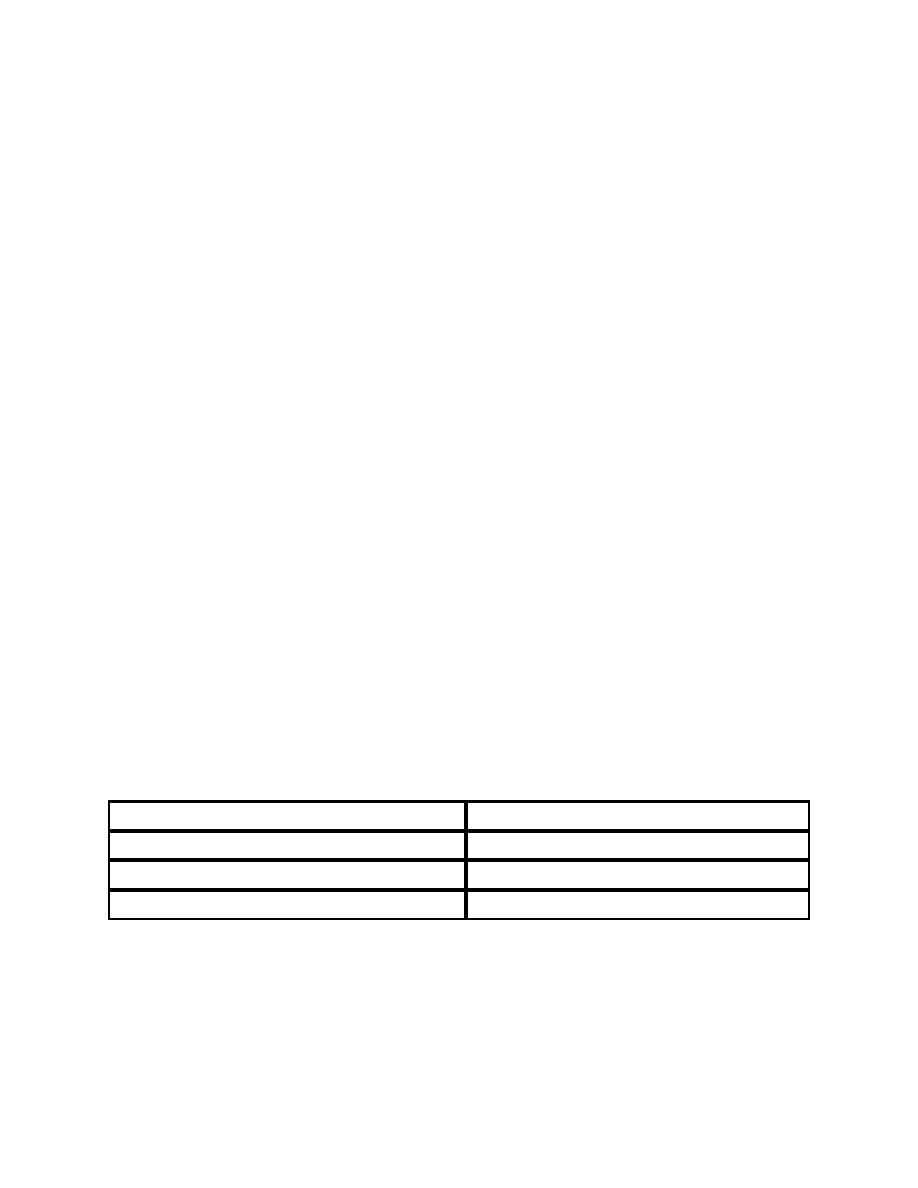 |
|||
|
|
|||
|
Page Title:
Soil-Structure Interaction - Continued |
|
||
| ||||||||||
|
|  DOE-STD-1020-2002
(vi)
Analysis of the coupled soil-structure system by solving the appropriate equations of
motion.
Acceptable methods for considering SSI include multi-step impedance function
approaches and single step direct methods as described in Sections 3.3.3 and 3.3.4 of ASCE 4
(Ref. C-16). SSI is further addressed in Wolf, 1985, 1988 (Refs. C-31 and C-32). SSI analysis
methods and computer programs commonly used include:
(i)
Soil spring or lumped parameter methods representing foundation impedances by soil
springs and dashpots (see Ref. C-16) and using a two step solution procedure consisting
of impedance analysis and SSI response analysis;
(ii)
CLASSI computer program (Ref. C-33) employing 3-D continuum-halfspace model and
multiple step analysis technique consisting of fixed base structure modal extraction
analysis, foundation impedance and scattering analysis, and SSI response analysis;
(iii)
SASSI computer program (Ref. C-34) employing a 3-D finite element foundation model
and multiple step analysis technique consisting foundation impedance analysis and
combined scattering and SSI response analysis; and
(iv)
FLUSH (2-D) and ALUSH (axisymmetric) computer programs (Refs. C-35 and C-36)
using a discretized finite element halfspace foundation model and solving for SSI
response in a single step.
Horizontal spatial variations in ground motion result from nonvertically propagating
shear waves and from incoherence of the input motion (i.e., refractions and reflections as
earthquake waves pass through the underlying heterogeneous geologic media). In lieu of a more
sophisticated SSI evaluation, the following reduction factors may be conservatively applied to
the input ground response spectra to account for the statistical incoherence of the input wave for
a 150-foot plan dimension of the structure foundation (Ref. C-37):
Fundamental Frequency of the Soil-Structure System (Hz)
Reduction Factor
5
1.0
10.00
0.90
25.00
0.80
For structures with different plan dimensions, a linear reduction proportional to the plan
dimension should be used: for example, 0.95 at 10 Hz for a 75-foot dimension and 0.8 at 10 Hz
for a 300-foot dimension (based on 1.0 reduction factor at 0-foot plan dimension). These
reductions are acceptable for rock sites as well as soil sites. The above reduction factors assume
a rigid base slab. Unless a severely atypical condition is identified, a rigid base slab condition
may be assumed to exist for all structures for purposes of computing this reduction. For
C-25
|
|
Privacy Statement - Press Release - Copyright Information. - Contact Us |